Atmanirbharta – Is this achievable?
Abhinav is a 1st year MBA student of Rural Management in XIMB Bhubaneswar. Interested in the development sector he writes about ground level issues pertaining to rural landscape and politics of the country
[responsivevoice_button voice=”US English Male” buttontext=”Read out this Theel for me”]
Gandhian approach to nation-building is an idealist approach. This model is based on the “Ram Rajya” concept of Gandhi. According to Mahatma Gandhi, “Ram Rajya is the sovereignty of the people based on moral authority.” For Gandhi, if the village perishes, then the nation perishes. Some principles govern the Gandhian model of rural development. Decentralization, self-sufficiency, trusteeship, and not supporting industrialization are the principles governing the development. If we analyze the speech said by our prime minister, Modi, who is an ardent follower of Gandhi, we can observe what the future economy holds for the country. Mahatma Gandhi believed in the decentralization of the economy and the promotion of small scale and cottage industries as the key to rural development. Going by the PM’s speech on “Aatmanirbharta,” we can say that the Gandhian model is what he might be implying. Self-sufficiency means that the village should produce all the necessities for consumption and produce more to import goods in exchange that can’t be produced. The idea is to make the communities self-sustaining. With the ongoing migrant crisis that has resulted in lakhs of villagers going back to their native places, this concept of development has a strong stance in the upcoming future. However, the significant point here is there should be no interference from the state, and the villages should have the complete authority in all the matters. But given the current scenario, this factor seems to be compromised. The ongoing pandemic of COVID-19 will have significant implications on several rural community-based organizations.
Threats to development
Let us look at a few statistics to get a clear picture of the current situation we are witnessing. According to the World Bank report, COVID-19 has impacted nearly 40 million internal migrants in India. We are looking at one of the most massive displacements which are happening from the urban to rural. The majority of the migrants belong to the informal sector, which constitutes about 80% of the country’s workforce. But the noteworthy thing is that there is no such economic package relief for the informal sector. We observe the case of SHGs (Self Help Groups) in the village. Structure wise the SHGs comprises of a group of 10 to 15 person who are coordinated in their work with the help of a coordinator selected among their village. Primarily the SHGs are of women only. The idea behind forming SHGs was to make local communities self-reliant, mainly in the financial inclusion sector
In this COVID-19 scenario, the government has control over data to monitor its citizens to contain the spread of the Coronavirus outbreak. This has resulted in data privacy issues, as evident in the case of the Aarogya Setu app. Similarly, in community-based organizations, here SHGs, post-COVID-19, they will undergo structural and functional changes. One such implication will be the centralization of power. The respective state government will closely monitor the SHGs. This structural change will happen as now the government needs to ensure the well-being of its people on a much larger scale and the continuous evaluation of its citizens’ health. There are two ways through which it can be achieved through strict surveillance or building trust. Going by the functioning of SHGs, the model works on trust-building by the members. They will monitor more data about the people of their villages, and data privacy will now be an issue. This directly contradicts the Gandhian model of development, as said above. There will be no decentralization of power even though the Prime Minister is aiming for a Swadeshi economics model propagated by Rashtriya Swayamsevak Sangh. Another threat to rural development is the lack of capital and the risk of loan defaults in microfinance and NBFCs. Though there has been a loan waiver, farmers are at risk of disturbing the supply chain and not getting fair prices for their crops. The lack of proper market place and the non-sustainability of the different Farmer Producer Organizations is the most prominent underlying threat that we will encounter if we are trying to achieve self-sufficiency. Until and unless there is no mechanism to sustain FPOs and other community-based organizations and the likes, there will be no fruitful steps towards development.
Opportunities in rural development
Looking at the brighter side, there are a few broad aspects where the country can focus on to kick start the developmental activities in rural India. As Uttar Pradesh Chief Minister Mr. Yogi Adityanath said, “We should aim for creating 50 lakh job opportunities for the rural poor every day”. Currently, about 20 lakh rural poor per day in the state are benefitting from this scheme. This is one way the CM stressed providing jobs to the laborers and initiating the long-pending manufacturing sector. Here again, the women SHGs come into picture where not only their role will be confined to only savings and providing loans but rather creating an entrepreneurial opportunity for the people. We can promote community-based small businesses at a micro-level. Another opportunity lies in the MSME sector. All the skilled workers have left for their homes, and this sector is undergoing a crisis. But neglecting this after-effect of the COVID-19 if we could think of an alternative like promotion of cottage industries and micro-enterprises in the rural domain with skilled workers, it will be an added factor towards Swadeshi economics. After the influx of migrants, there are pretty high chances that they will not go back to their workplaces and settle in their native places only either for the time or maybe for a more extended period. Here the functions of SHG will increase manifold in providing employment to capacity building at a larger scale and forming associations with other SHGs.
Similarly, other avenues for development like strengthening of the FPOs in terms of better supply chain and warehouse management, innovation in establishing online market place are a few technological disruptions through which the rural development can steer towards a new direction. Setting up manufacturing centers by allocating lands doesn’t seem to be a problem in India. The only limitation of her being the regulations that are comparatively stricter than other South Asian countries. If India could resolve these issues, then there is a vast potential in the rural development that will be significant in scaling up the country’s economy.
Featured Image Credits: Wikimedia


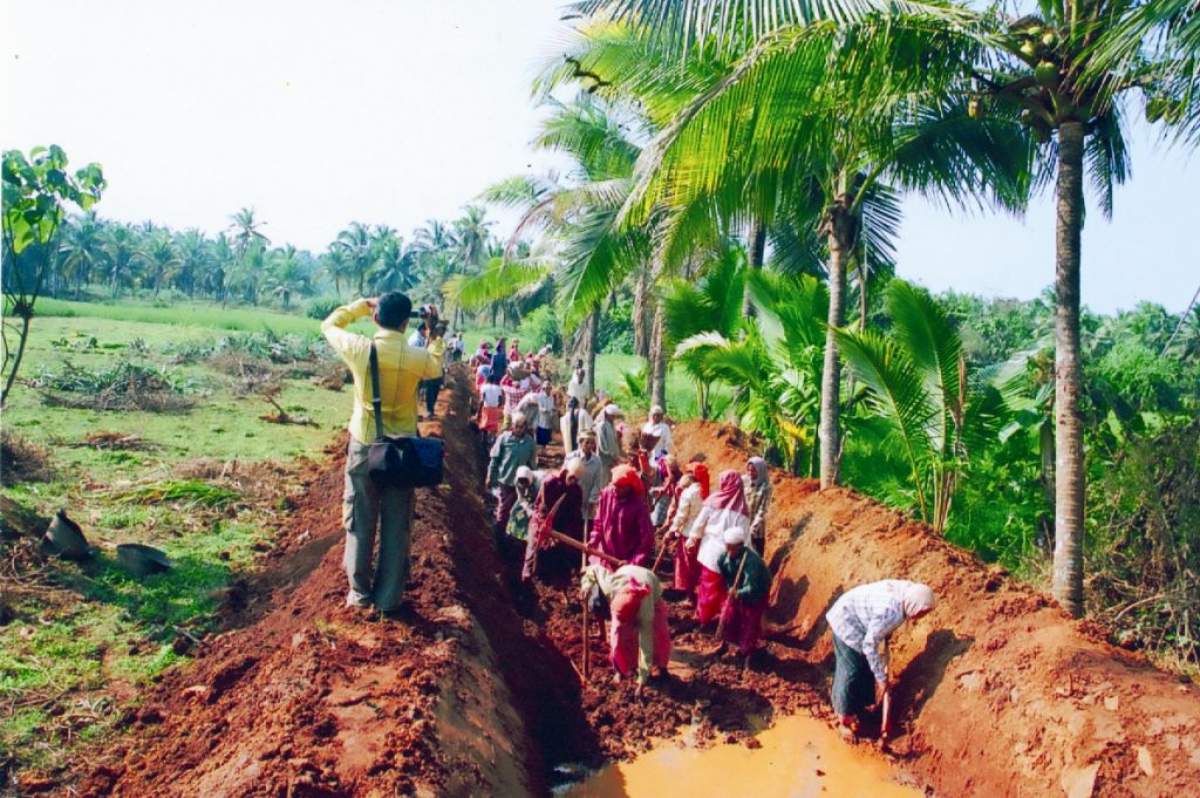

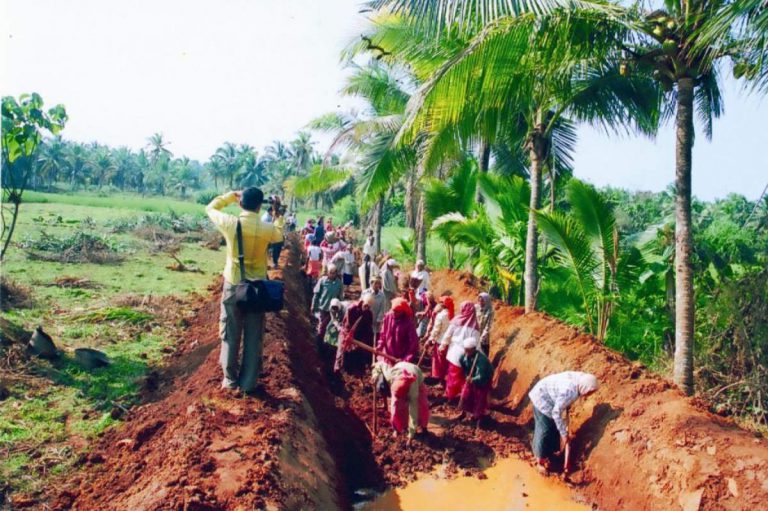
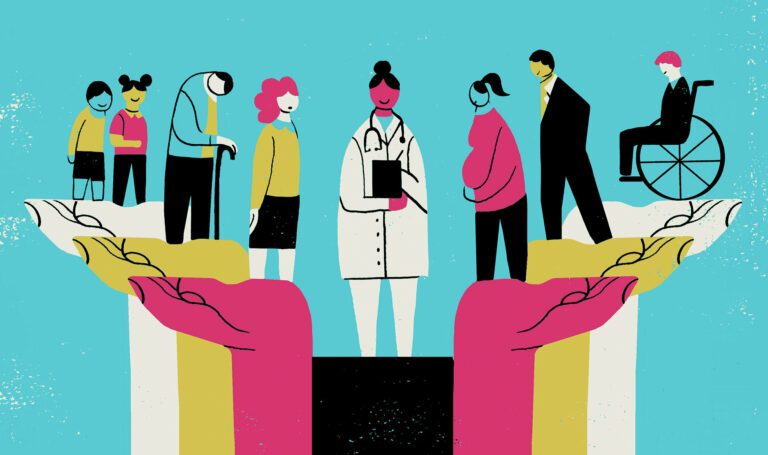

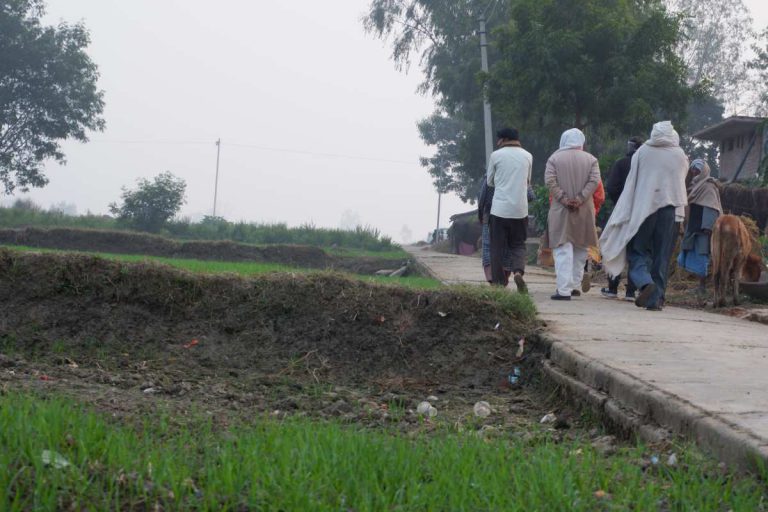
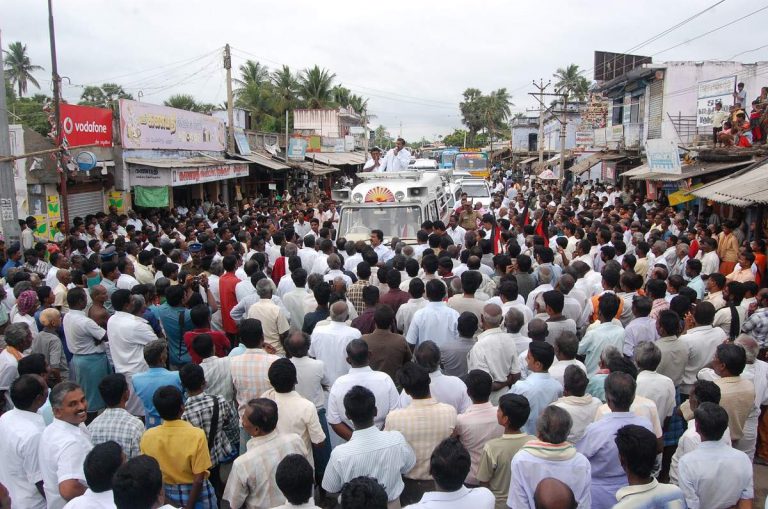
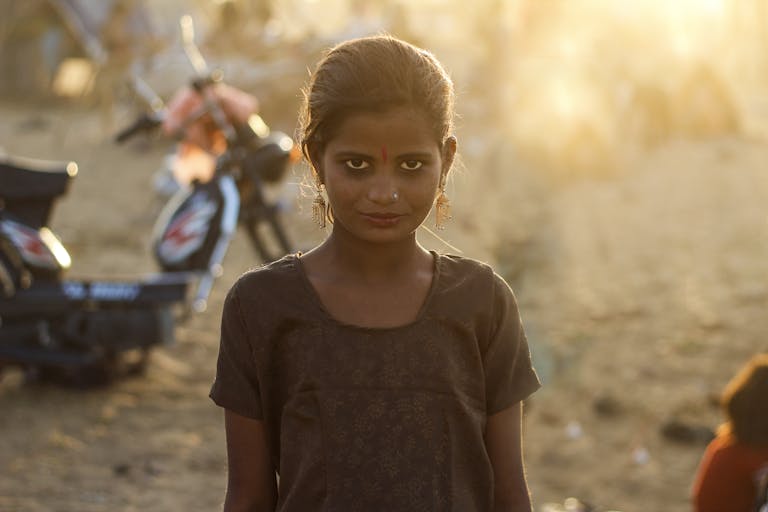
Notable article, Keep it up.
Noteworthy article. Something that needs to be pondered upon.